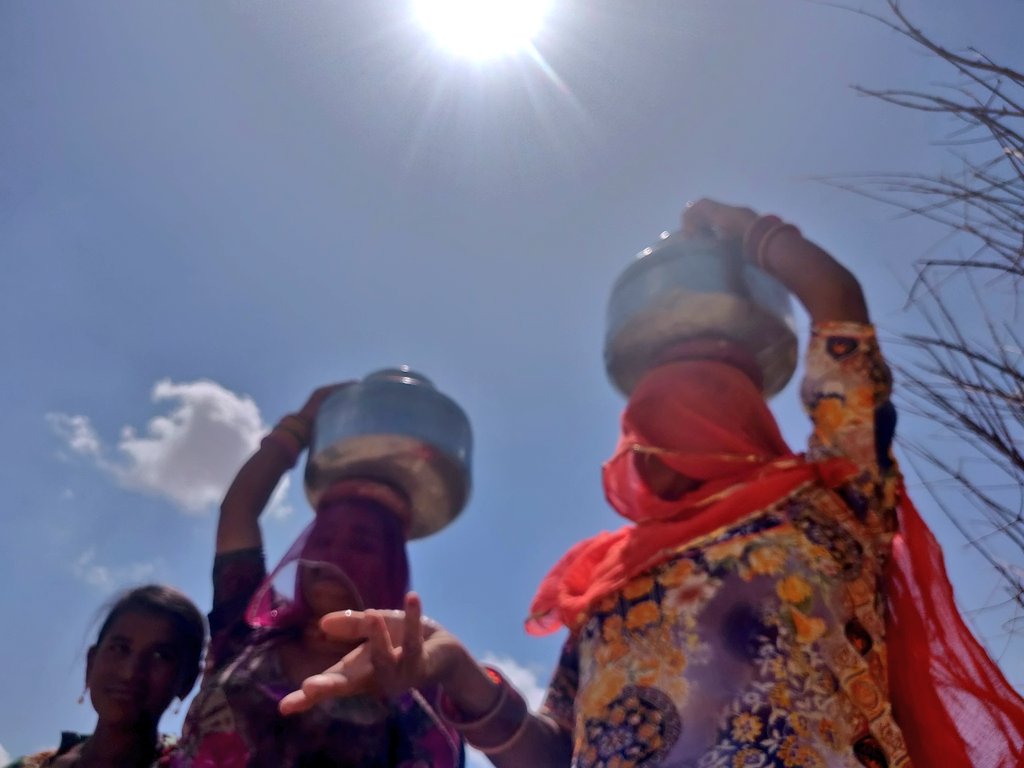Rainwater is vital to our water-insecure city. So how much do we end up capturing?
*Only about 30%.* The rest runs into the ocean.
But we can change that. (thread)
About 85% of our water comes from outside sources, primarily Northern California and the Colorado River.
So we're dependent on water that travels a long way. That's a problem because...
Long aqueducts are also vulnerable to earthquakes.
A big one could damage the infrastructure that carries our water, and the city could dry up in a matter of days.
And as the climate changes, droughts are going to get more common.
That's why LA needs to become water independent.
UCLA put out a study laying out a roadmap to water independence. The headlines were:
- Cut usage
- Capture more stormwater
newsroom.ucla.edu/releases/ucla-…
LA sits on a *huge* aquifer that's only at about 60% of capacity, even after recent rainy years. Replacing cement with more permeable surfaces would help fill it up!
We used a lot less during the drought years, but after the rains, the city stopped enforcing conservation and our usage went right back up to pre-drought levels.
Our stormwater capture progress is also discouraging.
The goal was to outfit 4.5% of LA homes with stormwater capture equipment each year.
Four years later, they've done about 1/10th of one percent.
1) The city surface is mostly cement. Rainwater can't penetrate cement and gets run off into the ocean.
2) Most of our surface that isn't cement is lawn. Lawns are thirsty. We use *half* of our water on landscaping.
With a city-wide mobilization, encouraging and subsidizing beautiful drought-tolerant gardens and permeable surfaces, we can achieve water independence here.
Given where our climate is headed, we need to.





